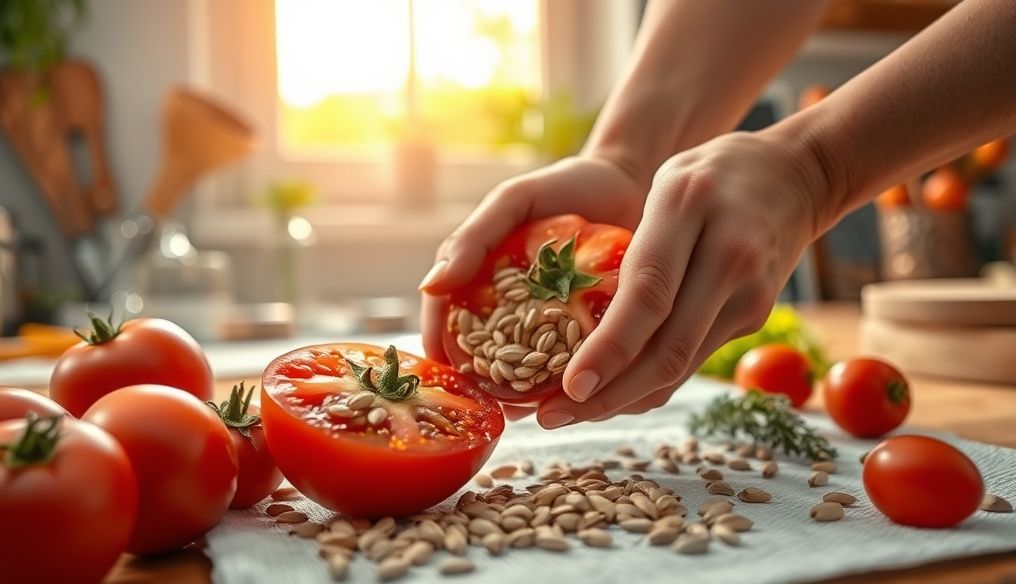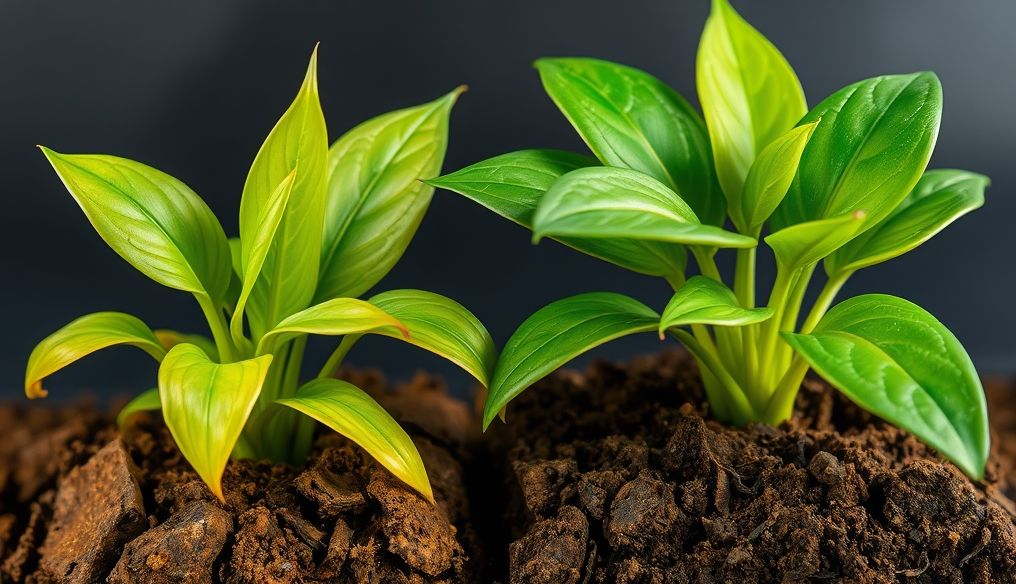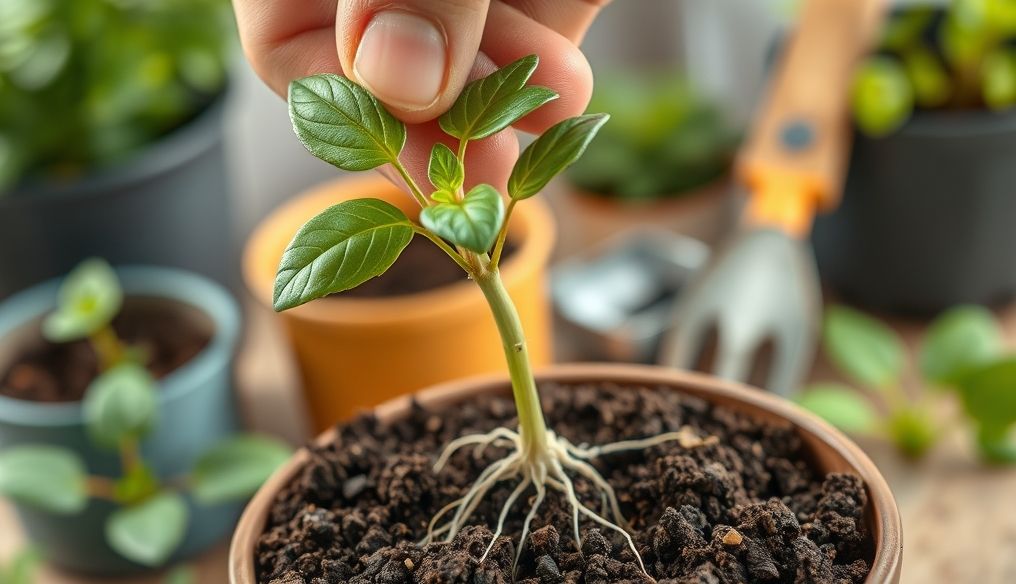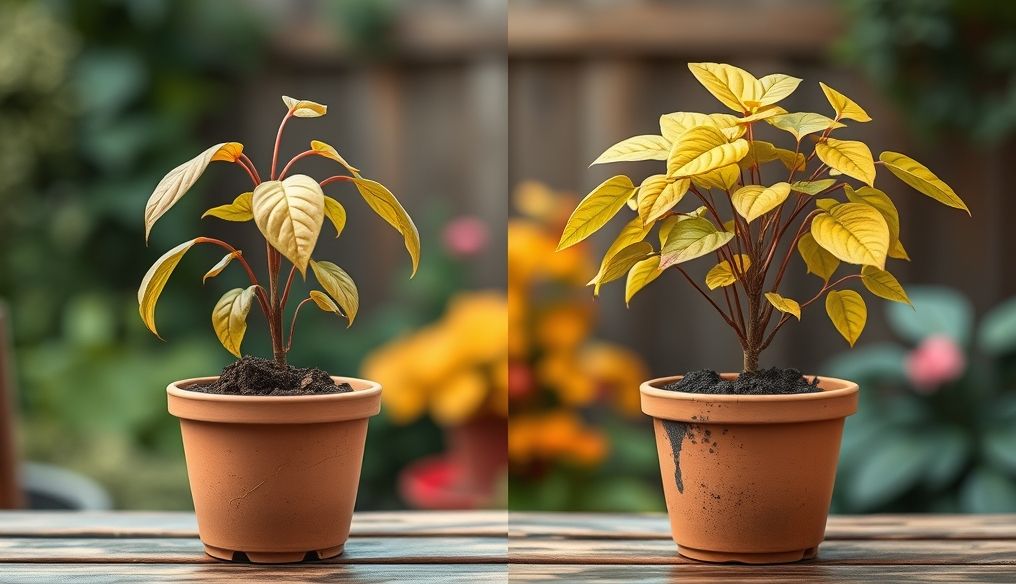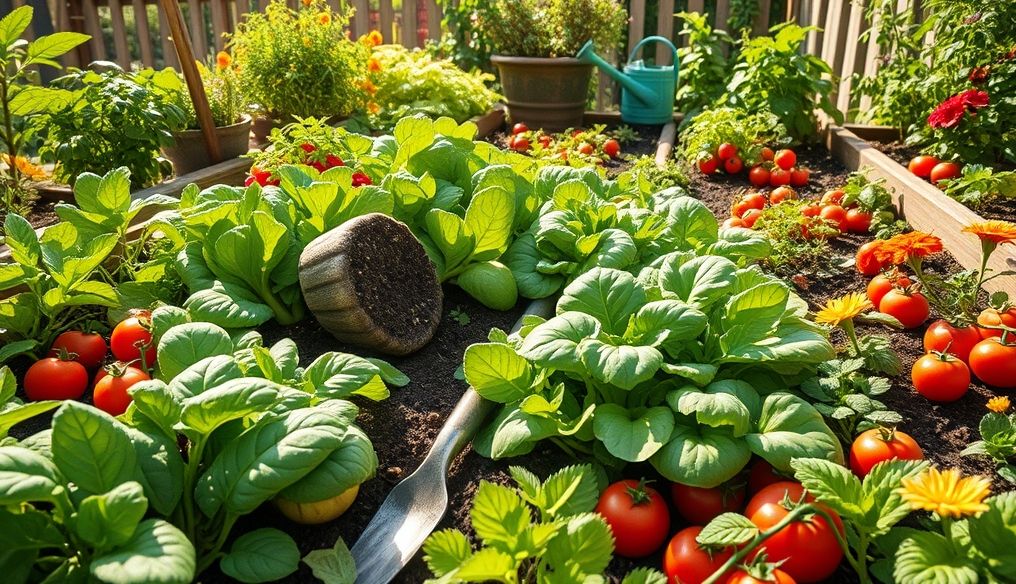Does Planting Seeds from Store-Bought Vegetables Always Work?
The idea of growing vegetables from the seeds found inside the fruits we buy from stores is appealing to many. It seems like an economical and sustainable way to provide fresh vegetables at home. But, does this method always work? The answer is not simple and requires a deeper understanding of the factors that influence the success of this process.
Factors Affecting the Success of Planting Seeds from Purchased Vegetables
Several factors play a crucial role in determining whether the seeds you extract from purchased vegetables will grow and produce healthy plants or not. Among these factors are:
1. Type of Vegetable
Some vegetables have a higher chance of success than others. For example, tomatoes, peppers, and cucumbers are considered vegetables that can be grown relatively easily from the seeds inside the fruits. While hybrid vegetables (which will be mentioned later) may not produce plants identical to the parent.
2. Seed Quality
Not all seeds are the same. Mature and healthy seeds have a higher chance of germination. The seeds should be plump, dry, and free from any signs of damage or rot.
3. Hybrids vs. Heirloom Varieties
Hybridization is the process of cross-pollinating two different strains of plants to produce a new plant that carries desirable traits from both parents. Often, the vegetables we buy from stores are hybrids, which means that the seeds they produce may not be "true" to type. In other words, they may not produce plants that are exactly identical to the parent plant, and may be less productive or more susceptible to diseases.
Heirloom varieties, on the other hand, are varieties that have been passed down through generations and maintain their genetic traits. If the vegetables you buy are of an heirloom variety, the seeds are more likely to produce plants similar to the parent.
4. Planting Method
Even if the seeds are good, the planting method plays a crucial role. The seeds must be planted in suitable soil, provided with sufficient moisture, appropriate light, and the ideal temperature for germination.
5. Environmental Conditions
The environmental conditions surrounding the plant, such as temperature, humidity, and light, play a significant role in the plant's growth and production. The ideal conditions for plant growth must be provided to ensure the best results.
6. Chemical Treatment
Some vegetables sold in stores may be treated with chemicals to prevent germination or extend their shelf life. These chemicals can negatively affect the seeds' ability to germinate.
Steps to Increase the Chances of Success in Planting Seeds from Purchased Vegetables
If you are determined to try planting seeds from the vegetables you buy, here are some steps you can take to increase the chances of success:
1. Choosing the Right Vegetables
Choose vegetables that you know are not hybrids, or look for information about the variety before buying. Tomatoes, peppers, and cucumbers are good options for beginners.
2. Extracting the Correct Seeds
Wait until the vegetables are fully ripe before extracting the seeds. Extract the seeds carefully and discard any damaged or rotten seeds.
3. Drying the Seeds
After extracting the seeds, wash them well and dry them completely before storing them. The seeds can be dried by placing them on a paper towel in a cool, dry place for a week or two.
4. Storing the Seeds Properly
Store the seeds in a cool, dry, and dark place. The seeds can be stored in paper bags or airtight containers.
5. Planting the Seeds in Suitable Soil
Use high-quality potting soil specifically designed for planting seeds. Make sure the soil is moist but not waterlogged.
6. Providing the Appropriate Conditions for Germination
Maintain the soil temperature between 20 and 25 degrees Celsius. Cover the seeds with a thin layer of soil and provide sufficient moisture.
7. Providing Enough Light
Once the seeds begin to germinate, provide enough light for the small plants. Grow lights can be used if there is not enough natural light.
8. Caring for the Small Plants
Fertilize the small plants regularly and provide enough water. Remove any weeds that compete with the plants for nutrients.
Conclusion
Planting seeds from the vegetables we buy is not always guaranteed to succeed, but it is possible. By understanding the factors that affect the success of this process and taking the necessary steps to increase the chances of success, you can enjoy fresh vegetables that you have grown yourself. Remember that trial and error are part of the learning process, and do not despair if you do not succeed the first time. Keep trying and your skills will gradually improve.
Frequently Asked Questions About Planting Seeds from Purchased Vegetables
Q: Can I plant seeds from any type of vegetable I buy?
A: Not necessarily. Hybrid vegetables may not produce plants identical to the parent. Heirloom varieties have a higher chance of success.
Q: What are the best vegetables to plant seeds from?
A: Tomatoes, peppers, and cucumbers are considered good options for beginners.
Q: How do I know if the vegetables are hybrid or not?
A: Look for information about the variety on the label or online. Hybrid vegetables are often labeled "F1."
Q: Should I dry the seeds before planting them?
A: Yes, drying the seeds helps prevent rot and improves the chances of germination.
Q: What is the best way to store seeds?
A: Store the seeds in a cool, dry, and dark place in paper bags or airtight containers.
Q: How long does it take for the seeds to germinate?
A: It depends on the type of vegetable and the environmental conditions. Generally, the seeds take one to two weeks to germinate.
